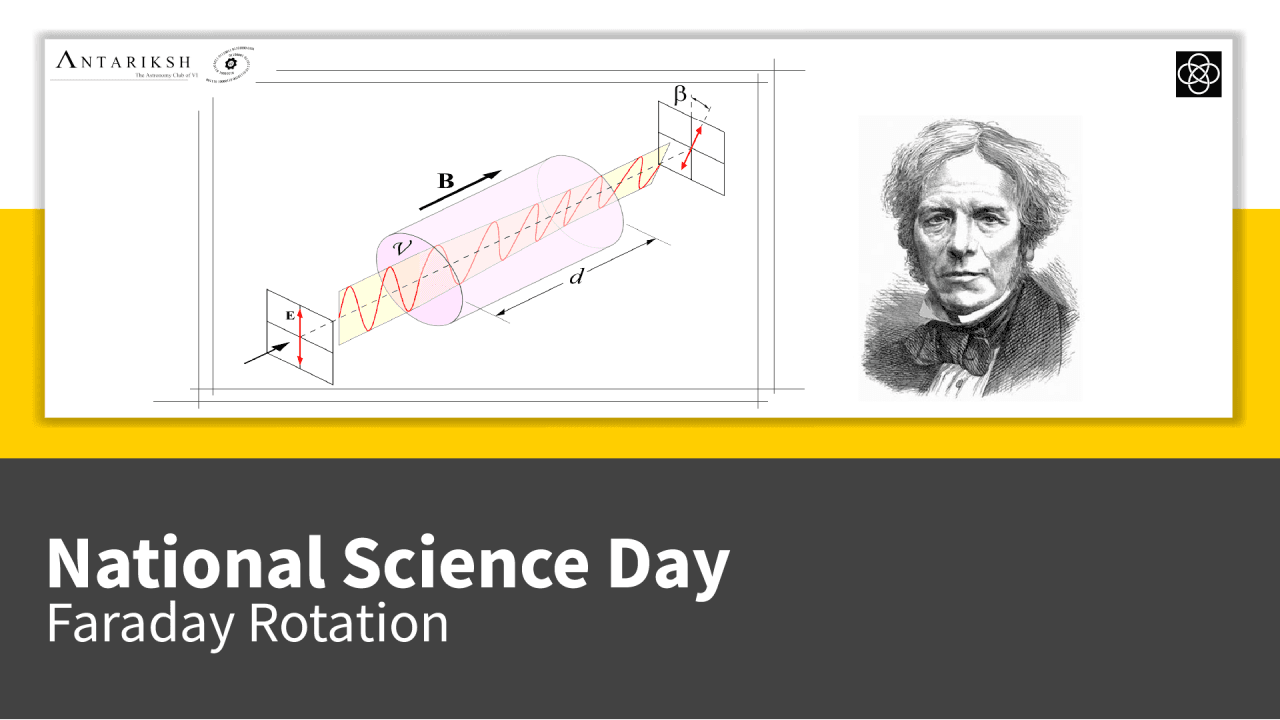
Mission Aditya L1 — SUIT Payload
The Aditya L1 mission represents India’s inaugural venture into solar observation through a space-based platform, aimed at enhancing our understanding of the Sun's dynamics and its impact on space weather. Launched on September 2, 2023, the spacecraft is strategically positioned at the Lagrange point 1 (L1) of the Sun-Earth system, enabling continuous observation of solar phenomena without interruptions from eclipses. The mission is equipped with seven scientific payloads, including the Solar Ultraviolet Imaging Telescope (SUIT), which has successfully captured unprecedented full-disk images of the Sun in the ultraviolet spectrum. These observations provide critical insights into solar atmospheric dynamics, the initiation of solar flares, and the overall behavior of solar particles. The collaboration among various Indian scientific institutions underscores the mission's significance in advancing solar research and contributes to the global understanding of heliophysics and its implications for Earth’s climate.
| Published on 15 Jul 2024

IUCAA Science Day: ASRT (Affordable Small Radio Telescope)
This report provides an overview of the Affordable Small Radio Telescope (ASRT) demonstration conducted during the National Science Day open house at the Inter-University Center for Astronomy and Astrophysics (IUCAA) on February 28, 2024. The ASRT operates within the Ku-band (12-16 GHz) of the radio spectrum and is designed to be cost-effective and easily replicable using off-the-shelf components. The primary objective of the ASRT is to observe solar emissions, leveraging the sun as a nearby star that emits radiation across all wavelengths of the electromagnetic spectrum. The report discusses the architecture and working principles of the ASRT, detailing its components such as the satellite dish antenna, satellite finder, mechanical mount, and electrical connections. The demonstration showcased the telescope's capability to conduct solar drift scans, providing valuable data about solar activity. The report emphasizes the potential of affordable radio telescopes like the ASRT to broaden access to advanced scientific research and highlights the contributions of various Indian institutes in solar observations.
| Published on 08 Jul 2024

Radio Antennas: our ears in Radio Realm...
This report summarizes a presentation on antennas and their crucial role in radio astronomy, delivered during the IUCAA Science Day. It begins with an overview of the electromagnetic spectrum, emphasizing the characteristics of electromagnetic waves and their significance in detecting radio waves from Earth. The report details the fundamentals of antenna technology, exploring various types, including monopole, dipole, folded dipole, Yagi-Uda, log periodic, patch, and parabolic antennas, along with their operational principles and applications. The presentation culminates in an experimental demonstration of antenna transmission and reception, showcasing practical insights into optimizing antenna performance across different frequencies. Additionally, the report highlights contributions from prominent Indian institutes engaged in antenna research and development, underscoring their role in advancing radio astronomy and communication technologies.
| Published on 01 Jul 2024

Faraday rotation
The article presents a detailed overview of the Faraday Rotation demonstration conducted during the National Science Day open house at the Inter-University Center of Astronomy and Astrophysics (IUCAA), Pune, India, on February 28, 2024. Led by Jiya Mokalkar, Saee Mahajan, and Sayali Chakre, with guidance from Jameer Manur, the demonstration highlighted the interaction between polarized light and a magnetic field, illustrating Michael Faraday's pioneering work in electromagnetism. The methodology included measuring the intensity of laser light passing through polarizers under varying magnetic field conditions to observe the Faraday rotation effect. The experimental setup utilized a red laser, solenoid, polarizers, and TGG crystal, allowing participants to engage with fundamental concepts in magneto-optics. The event emphasized IUCAA's commitment to public engagement in science and showcased the captivating phenomenon of light-magnetism interaction.
| Published on 24 Jun 2024

Cosmic Ray Muon Detector : A captivating demonstration at IUCAA
The Cosmic Ray Muon Detector (CRMD) project at the Inter-University Center of Astronomy and Astrophysics (IUCAA) exemplifies innovative research in the field of cosmic rays and their interactions with Earth's atmosphere. This report details the origins and characteristics of cosmic rays, focusing on muons—short-lived particles generated by cosmic ray interactions. The CRMD utilizes advanced technology, including scintillator panels and photomultiplier tubes (PMTs), to detect and analyze muons, providing valuable insights into cosmic ray phenomena. Furthermore, the detector's applications span across various fields, including muon tomography, climate studies, and radiography. This project not only enhances our understanding of cosmic rays but also fosters the development of advanced detection technologies.
| Published on 24 Jun 2024

Starlink : Connecting the world through space
"Ever wondered about those enigmatic specks of light in the night sky? Starlink not only answers the mysteries but propels them into the forefront of cutting-edge technology. Embark on a thrilling journey with Starlink, a satellite megaconstellation venture spearheaded by the innovative genius Elon Musk at SpaceX. This groundbreaking engineering marvel unfolds as a cosmic ballet of small satellites, reminiscent of the celestial wonders one might encounter while gazing through any star tracking apps.
As we all know, all good things have a dark aspect. Starlink, while promising global connectivity, brings with it a negative impact on astronomy. The rapid growth of these satellites contributes to the escalating issue of light pollution, further obstructing the view for star gazers who are already overwhelmed by present conditions. Despite its transformative potential in the digital realm, Starlink prompts us to consider and address the challenges it poses to the observation of space. So, buckle up for an exciting journey into the realms of space technology, while also navigating the complexities and implications it brings to our shared passion for stargazing.
| Published on 17 Jun 2024